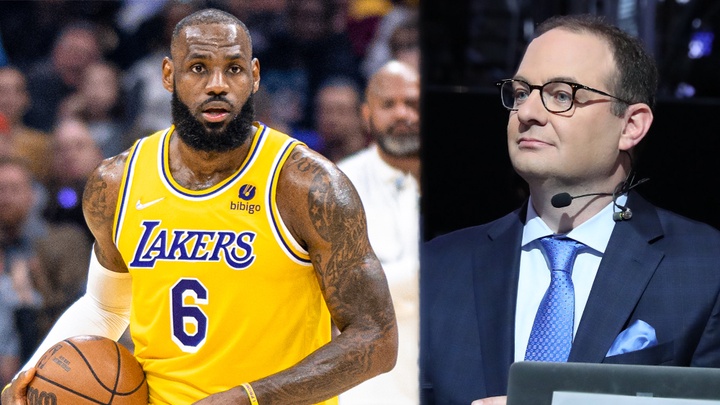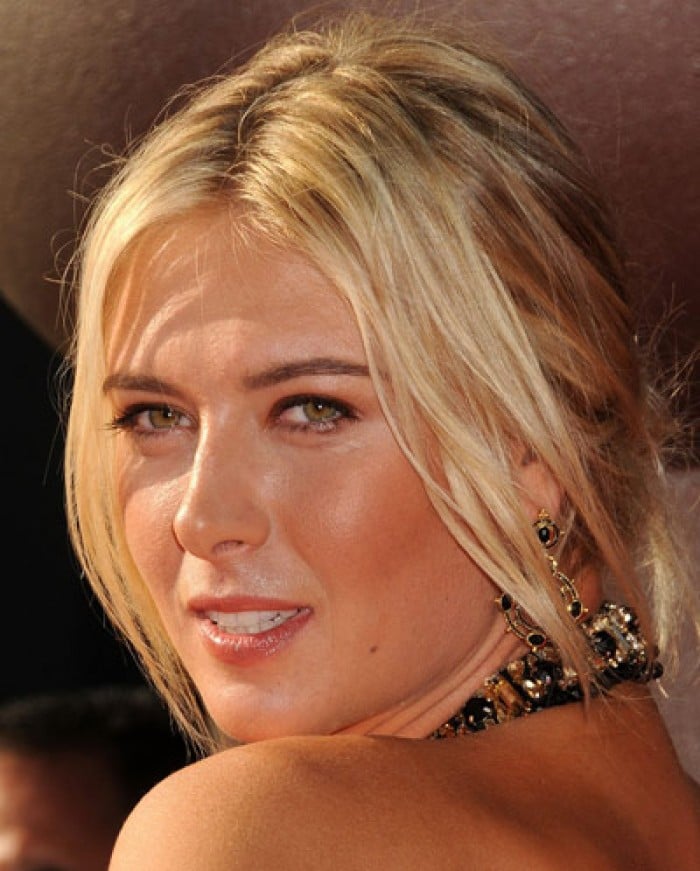Maria Sharapova once referred to herself as an “ice rink toddler” when playing on clay courts. But don’t forget, her two most recent Grand Slam titles were at Roland Garros.
Football today, April 21: European tournaments set to return. Man Utd withdraws from Harry Kane deal. Football news.
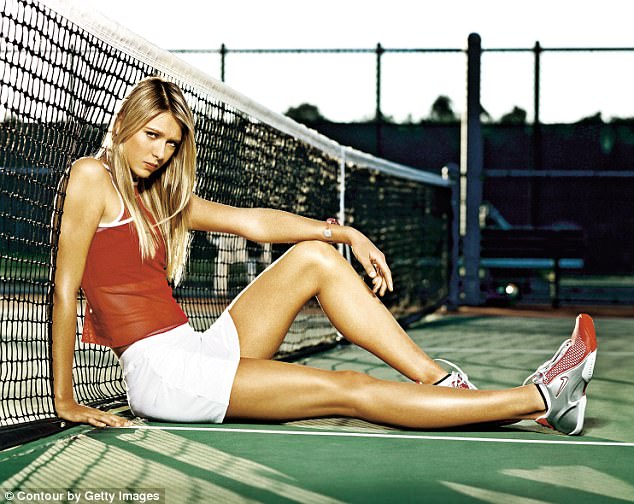
Sharapova, the retired tennis player who quietly bid farewell in February after two years of struggle with injury and declining form, was known for her wit, even in the direst situations—a stark contrast to her fierce demeanor on the court.
“Ice rink toddler”
Four years ago, during a press conference announcing her positive test for meldonium—a substance she had long used to treat diabetes and had only recently been added to WADA’s list of banned substances—Sharapova calmly reassured fans with a humorous statement, “If I were to announce my retirement, it would probably not be in a downtown Los Angeles hotel with this ugly carpet.” On another occasion, when a reporter tried to ingratiate himself by revealing that his daughter loved the Pippi Longstocking books, a character Sharapova had once dressed up as, she joked, “Great, maybe we should start a book club.”
But perhaps the most memorable quip, directly related to Sharapova’s career, was made nearly 14 years ago after a hard-fought victory over Jill Craybas in the second round of Roland Garros. She likened her movement on clay courts to “a cow on ice.” It was the most vivid imagery to describe the challenges faced by players like Sharapova—who are accustomed to firm and predictable surfaces—on the slippery clay.
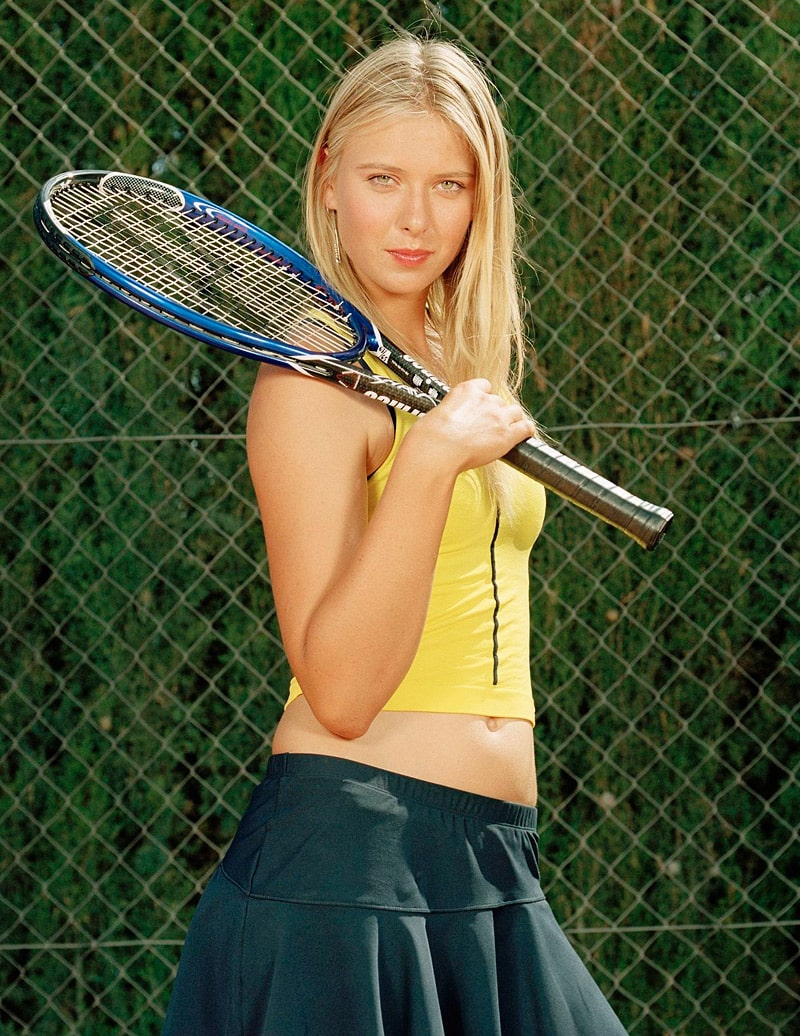
Looking back at Masha’s career 14 years later, we see that it was more than just a joke. It seems she was telling herself, to overcome, through diligence, enthusiasm, and fearlessness. Because the “cow” had turned into a “tiger,” and the “ice rink” had become “thick grass on the prairie.”
Sharapova’s father, Yuri Sharapov, brought his daughter to the U.S. in 1994, where they settled permanently, yet she continued to compete for Russia throughout her career (she even had the honor of carrying the Russian sports delegation flag at the 2012 Olympics). In the early years in the U.S., financial struggles led Yuri Sharapov to even take on dishwashing jobs to support his daughter’s career pursuit. Perhaps that’s what instilled discipline in Sharapova from a young age.
Whatever the motivation, Sharapova experienced unforgettable moments when she defeated Serena Williams in the 2004 Wimbledon final. That championship was her fourth in her still-young career at just 17, making her the second player in the Open era—after Martina Hingis—to win a Grand Slam at such a young age. The rest is history: Sharapova became the first Russian player to reach world number one, on five different occasions, winning a total of 36 titles (including 5 Grand Slams).
The clay court queen
By winning the Australian Open in 2008, Sharapova had secured 3 Grand Slam titles at the age of 20. But in the next 15 Grand Slams, she only reached the final once. When Victoria Azarenka defeated her in the Australian Open final, many thought Masha had reached her limit. And not many believed she could achieve much on the clay of Roland Garros.
Sharapova’s limitations on clay were evident. Her game relied on power and aggressive shot-making, whereas clay favors steady players rather than early finishers. Sharapova’s serve was never quite reliable, partly due to her heavily injured shoulder. Her excellent movement on hard courts didn’t translate well to clay, where players have to slide and change direction abruptly.
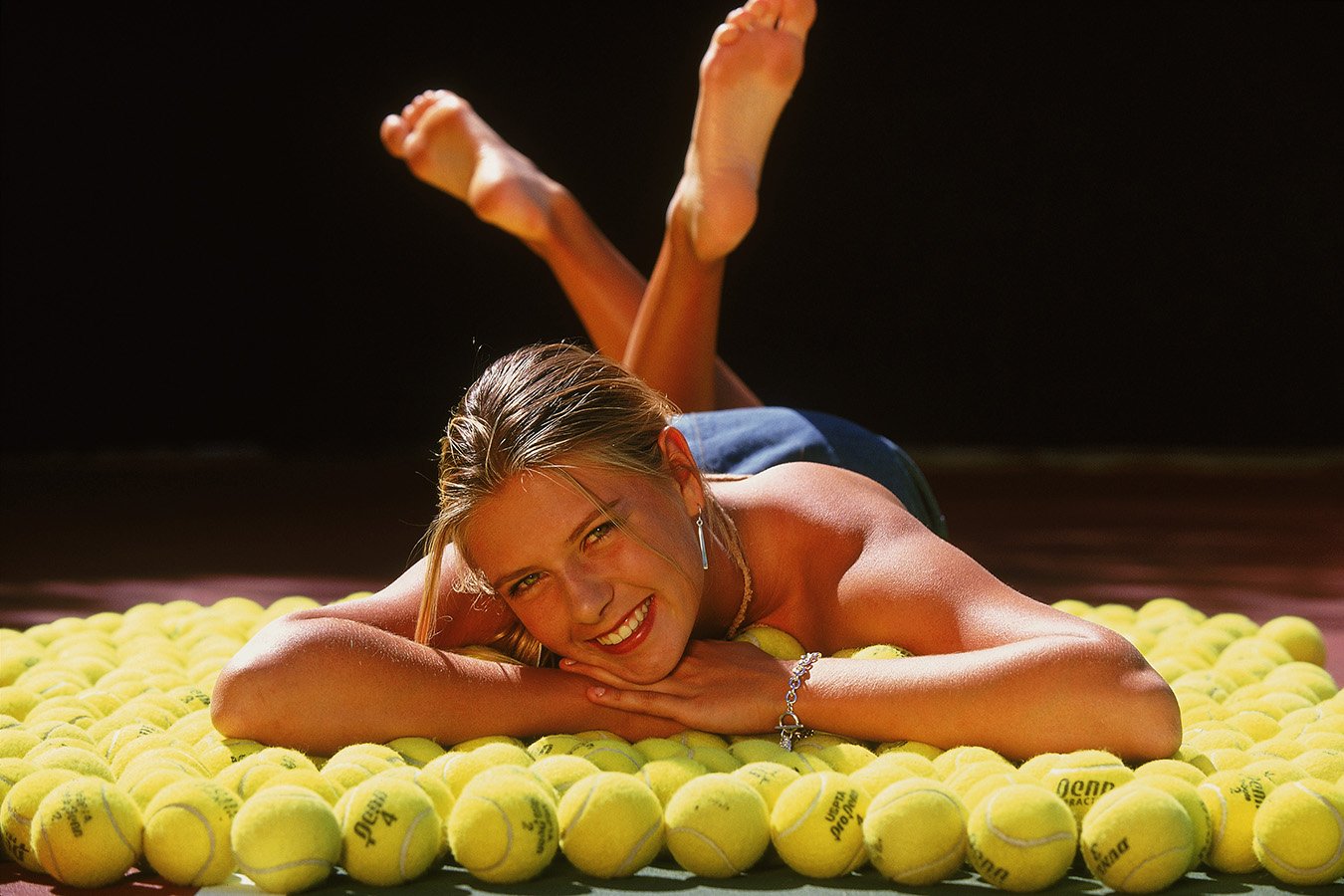
But Sharapova never lost faith in her game, and that made her achievements on clay all the more special. “I’ve progressed and improved my record on clay. There’s nothing secret about it,” Sharapova revealed in Rome in 2015, “But it’s also not overnight success.”
After losing in the finals of Indian Wells and Miami in 2012, Sharapova found the winning formula on clay. She won in Stuttgart and Rome, two tournaments leading up to Roland Garros. And at the Grand Slam itself, Sharapova breezed into the final, losing just one set. In the final against Sara Errani, a player only 1.64m tall with a relatively weak serve, Sharapova won easily 6-3, 6-2. “That was a unique moment in my career. I didn’t think I could do that,” Masha recalled.
Sharapova is the fourth player in the Open era to achieve a career Grand Slam. It’s a feat that Hingis and many other greats never accomplished. And she, like many others, couldn’t have imagined herself reaching the Roland Garros final in the following two years. In 2013, Sharapova lost to Serena, but a year later, she defeated Simona Halep in an exciting final.

After 2014, Sharapova didn’t win another major title, but nevertheless, with the resilience she showed in the face of adversity, she deserves a place in the tennis hall of fame, a place for a “tiger,” not a “cow.”
Regrets of Masha
But throughout her 19-year career, Sharapova never finished a year ranked No. 1 by the WTA. And despite collecting enough Grand Slam titles, the five major titles she won are still considered relatively few compared to her true potential. The reason: Sharapova’s playing style lacked long-term stability, with incredible scores but also regrettable unforced errors and double faults.
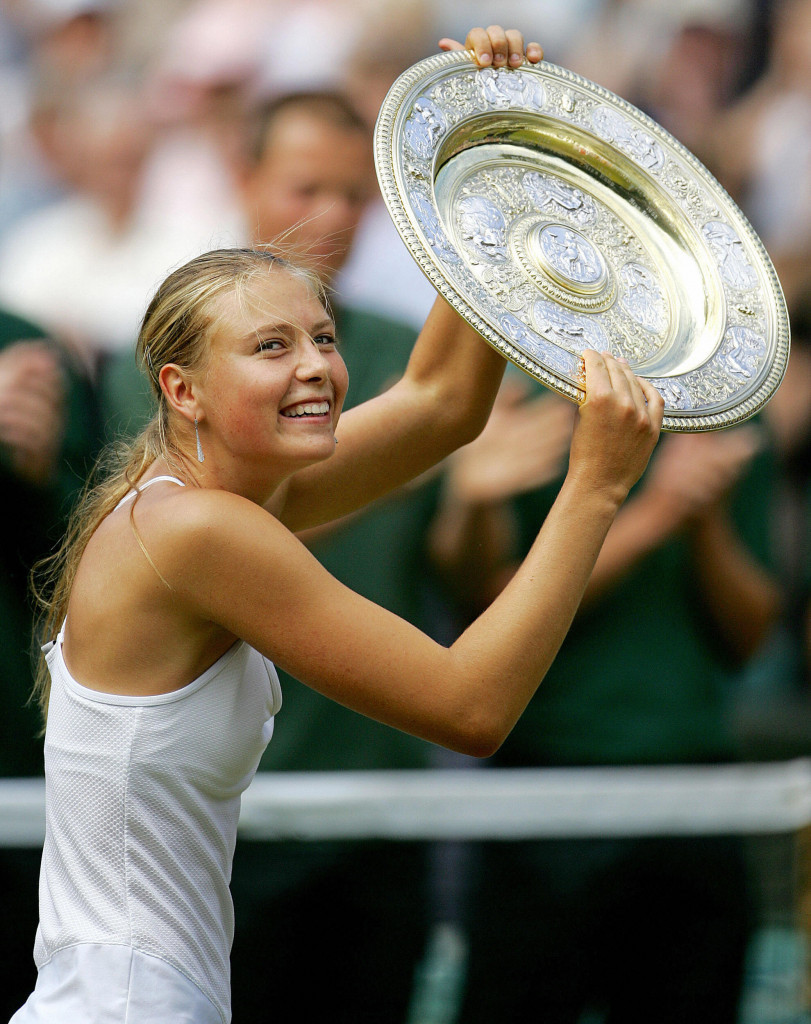
Sharapova’s biggest obstacle was the opponent who once brought her name to prominence. Serena Williams ingrained herself in Sharapova’s psyche after the painful defeat at the All England Club in 2004, going on to beat the Russian time and time again. When Sharapova defeated Serena in the 2004 Wimbledon final and the WTA Finals final, it seemed we were witnessing a new rivalry in tennis, but no. Serena won 20 out of 22 encounters, including 7 times at Grand Slam events, WTA Finals, and the Olympics.


